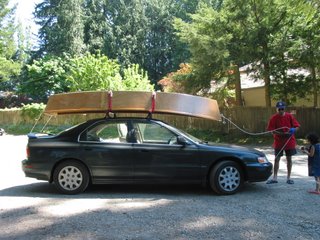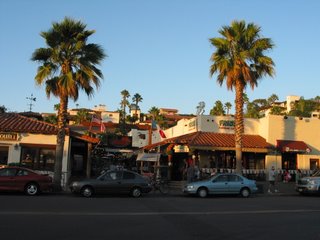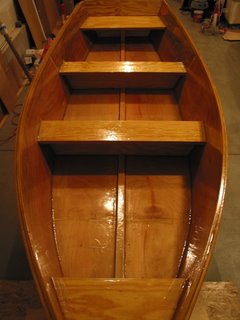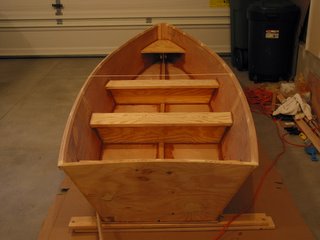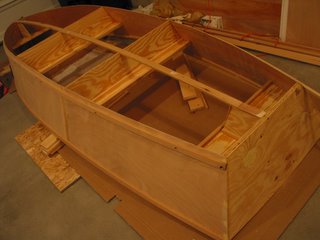
Last weekend we had some friends over, and as usual, after some time the group polarized and the women gathered around in the kitchen/breakfast area, and the men congregated in the family room.
Soon, the topic turned, among the men, philosophical and we started talking about life, its purpose, and all that deep stuff. I have gone through these sessions with countless number of friends at countless times, but this time I thought of really making a difference. So, here I am jotting down some of the notes/lessons that were gleamed out of the last session.
As the topic suggests, we should have the courage to take the Red Pill (Neo from
Matrix), and be aware of the truth in our lives.
I also recalled one of my favorite taglines (it is from an Ad, for something I don't seem to remember. That shows how [in]effective the Ad was): "If your life was a book, would YOU read it?" Wow. What a way to put things in the right perspective.
Set your priorities right and live a meaningful, exciting, interesting and purposeful life.
Take a holistic approach to life. Look at the big picture, and not just tomorrow.
We also discussed the analogy of how a project manager, assigned newly to an ongoing project, would interrogate the team to get the pulse of the project. What is the SOP? Where is the SOW? Where is the project plan? Where are we, and where are we supposed to be? Are there any issues? What are the risks? How are we mitigating them? What action items are open? Etc. Why don't we turn it around and question ourselves in the different "projects" of our life? Spiritually? Health-wise? Socially? Financially? In relationships? In our career? We have to ask ourselves these tough questions in order to get a grip on our lives.
Come up with different categories that matter most in your life. They could be broad and at a 50,000 Ft level, like "Career", "Social", etc. Be the CEO of your own life and treat it like a public company. Generate quarterly reports in each of these areas. I had heard about the 'Boiling a frog' analogy, but had never understood the meaning of it until my friend explained it to me. If you put a frog into a pot of boiling water, it will immediately leap out to escape the danger. But, if you put the frog in a pot of cool water, and then gradually heat the water to its boiling point, the frog does not become aware of the threat until it is too late. This is a great analogy which illustrates that if we are not careful, and take the temperature of the waters around (and within) us, we will not become aware of the changing environment as well as threats around us. So, this activity of generating quarterly reports is a great way of taking the temperature. We need to know before the fecal matter hits the air circulating device. The report should not only show the current status, but also have a timebound plan on getting it back on track (assuming we are of in at least one area).
We discussed tools that we can use to keep us on our tracks, and to visualize our progress in different areas, about which I shall write later. Use technology to the fullest extent to make sure that our minds stay focused on the important things in life.
Effective people know how to identify and execute the 20% things that bring the 80% rewards. Understanding and setting the right priorities goes a long way in becoming more effective in all areas of our life.
I conclude this entry with the poem:
"The Dash?" by Linda Ellis (copyright
Linda Ellis)
I read of a man who stood to speak
At the funeral of a friend.
He referred to the dates on her tombstone
From the beginning...to the end.
He noted that first came her date of birth
And spoke the following date with tears,
But he said what mattered most of all
Was the dash between those years.
For that dash represents all the time
That she spent alive on earth...
And now only those who loved her
Know what that little line is worth.
For it matters not, how much we own;
The cars...The house...The cash,
What matters is how we live and love
And how we spend our dash.
So think about this long and hard...
Are there things you'd like to change?
For you never know how much time is left,
That can still be rearranged.
If we could just slow down enough
To consider what's true and real,
And always try to understand
The way other people feel.
And be less quick to anger,
And show appreciation more
And love the people in our lives
Like we've never loved before.
If we treat each other with respect,
And more often wear a smile...
Remembering that this special dash
Might only last a little while.
So, when your eulogy's being read
With your life's actions to rehash...
Would you be proud of the things they say
About how you spent your dash?
---------------------------------------------
Take a moment and decide how you want to live your dash.






